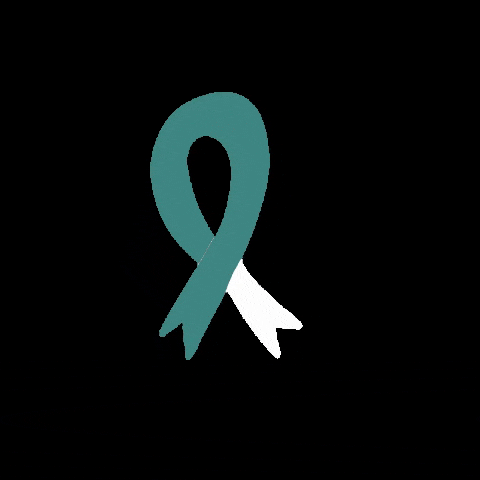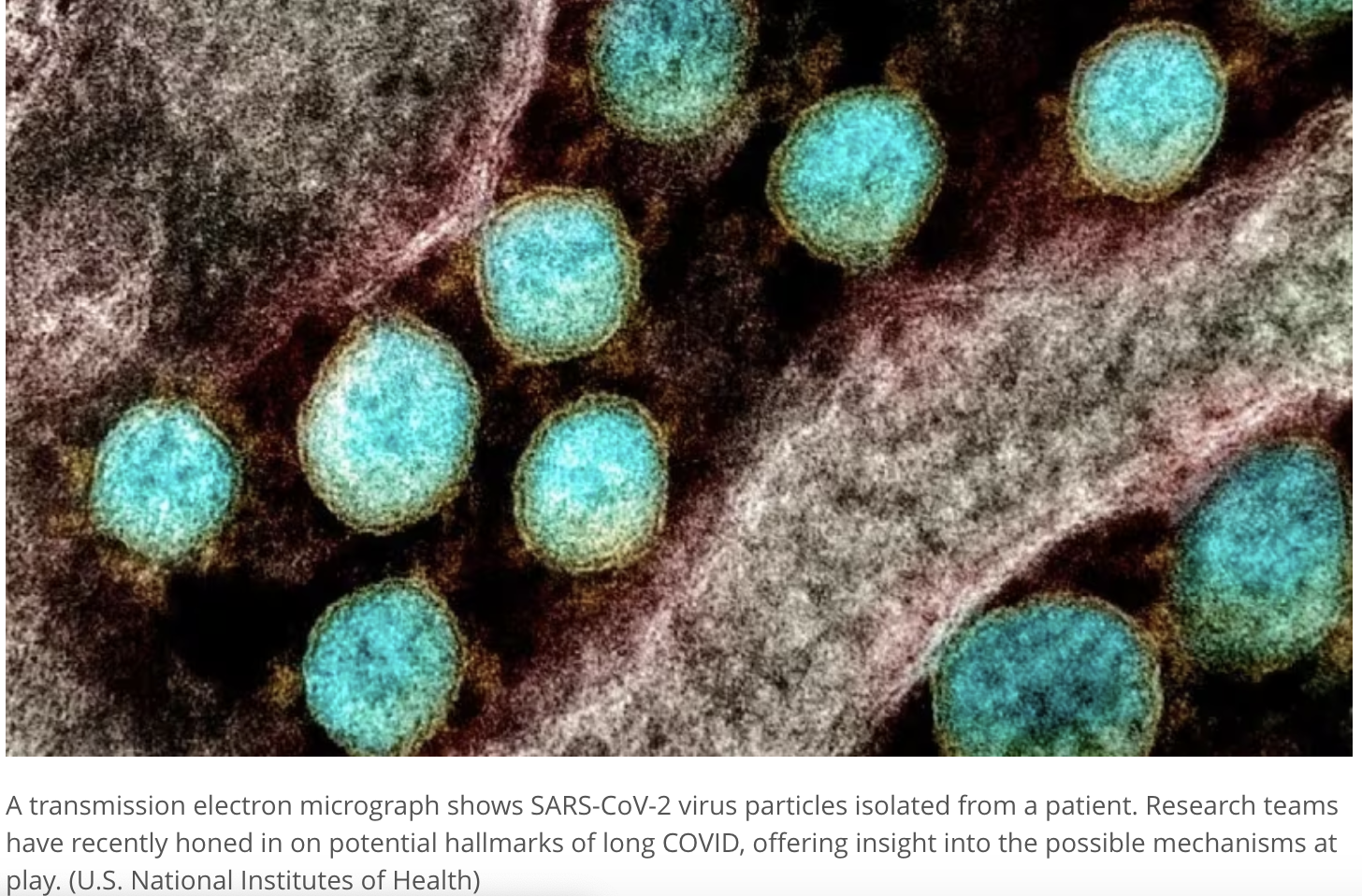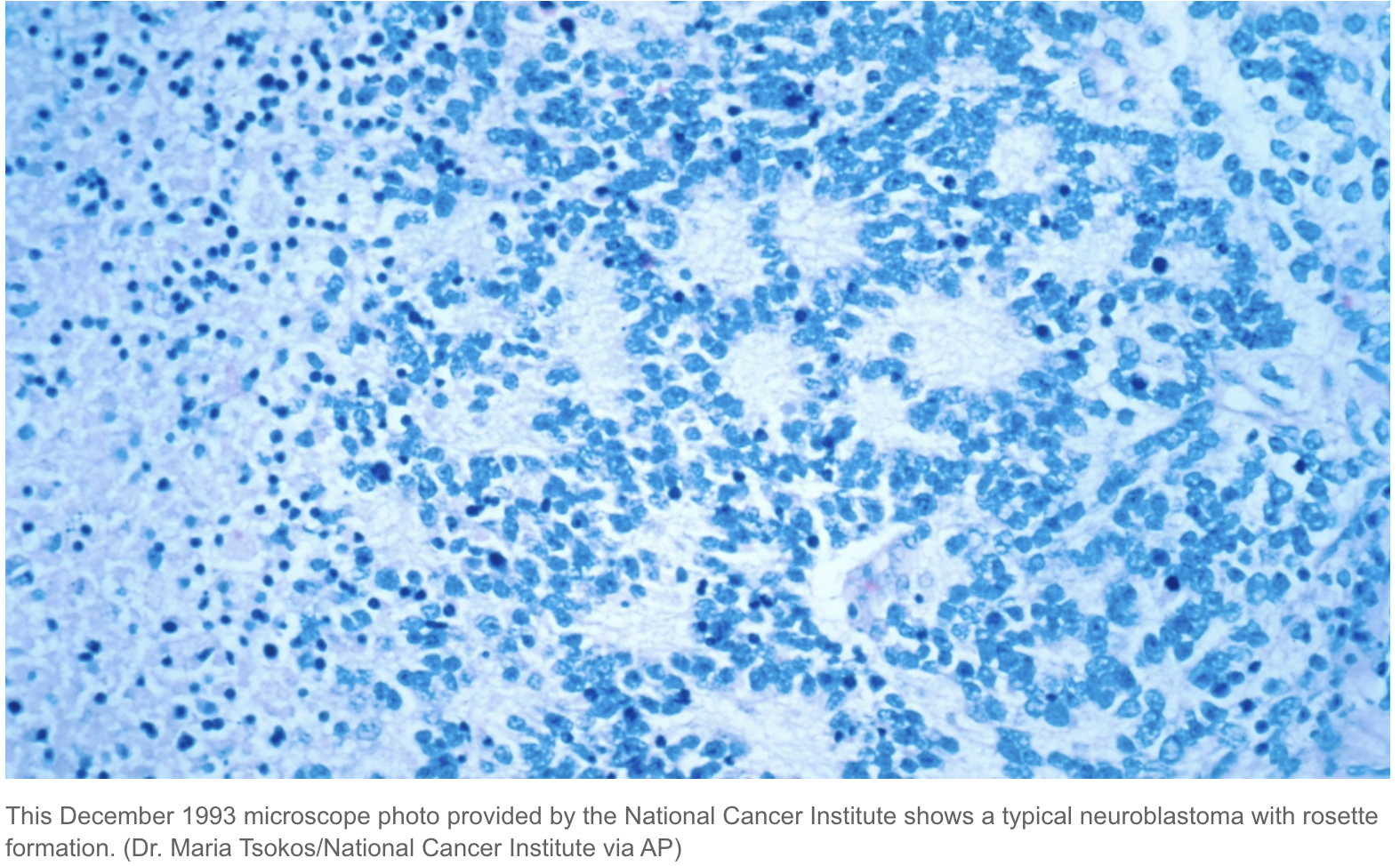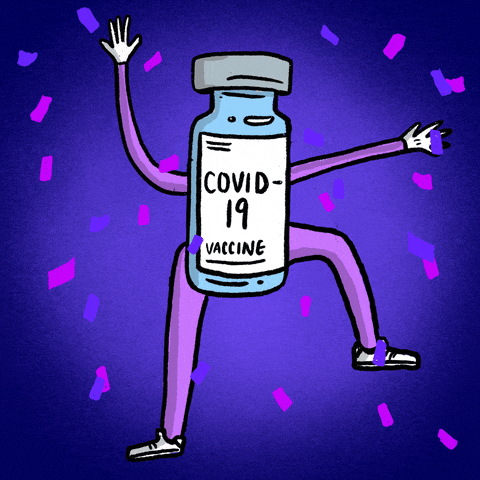New At-Home Cervical Cancer Screening, Understanding Long-COVID, Unacceptably High Childbirth Injuries in Canada, New Way to Trigger the Death of Cancer Cells Identified, COVID Corner Updates.
The Full Panel meets your TLDR (Too Long; Didn’t Read) needs by delivering the latest medicine & health news in a nutshell. 🥜
New at-home screening for cervical cancer

Gist: New guidelines recommend offering women take-home kits for cervical cancer screening via HPV testing, replacing the traditional Pap smears. This method not only promises higher accuracy but also helps overcome several barriers to screening, potentially leading to earlier detection and treatment. The ultimate goal is to eliminate cervical cancer by 2040, with successful precedents in places like Australia and parts of the U.S.
Nitty-Gritty:
- Traditional Pap smears, recommended every three years for women aged 30-69, are being phased out in several Canadian provinces.
- The new HPV test, offered every five years to those aged 25-65, detects high-risk virus types with up to 90% accuracy compared to Pap's 60%.
- At-home HPV tests resemble COVID-19 rapid tests, addressing challenges like scheduling, trauma history, or unawareness.
- Success stories abroad include Australia's effective self-testing and improved uptake in the U.S.'s low-income areas.
- Transition challenges include infrastructure shifts and follow-up protocols, especially for those without a family doctor.
- Recommendations also touch on other cancers, suggesting at-home colorectal cancer screening starting at age 45 and targeted lung cancer initiatives.
Big Picture: This shift towards at-home HPV testing is a significant step in women's healthcare, likened to the introduction of the birth control pill in the 1960s. It addresses healthcare equity, aims to increase participation rates, and aligns with global efforts to eradicate cervical cancer. However, its implementation requires systemic changes, from lab infrastructure to patient follow-up. These innovations in cancer screening, extending to colorectal and lung cancers, highlight a broader movement towards accessible, preventative healthcare and equity in medical services.
Original source: here.
Research is advancing in understanding long COVID 😷

Gist: Research is advancing in understanding long COVID, a condition causing persistent health issues post-COVID-19. Scientists are examining biomarkers and potential commonalities with other post-infection syndromes, aiming to uncover treatment avenues.
Nitty-Gritty:
- Researchers have identified potential biomarkers in long COVID patients, including interferons affecting serotonin levels, leading to "brain fog," and distinct blood sample traits like lower cortisol levels and reactivated Epstein-Barr virus.
- These studies suggest possible treatment pathways, such as using SSRIs (common antidepressants) or targeting viral reservoirs.
- Similarities between long COVID and persistent symptoms post-other infections hint at common triggers, demanding broader research beyond COVID-19.
- Vaccinations seem to lower the risk of developing long COVID, but millions still suffer from its multifaceted impacts.
Big Picture: These scientific insights into long COVID are part of a larger puzzle of post-infectious conditions historically under-explored. Though research is in early stages, there's hope that understanding long COVID could illuminate treatment strategies for similar post-viral syndromes, potentially leading to life-changing therapies for countless individuals. The drive to unravel these mysteries signifies a pivotal shift toward recognizing and addressing the long-term health consequences of infectious diseases
Original source: here.
Severe childbirth injuries from forceps, vacuum 'unacceptably high' in Canada, research shows 👶🏼

Gist: A new analysis paper reveals a concerning rate of severe, long-term injuries among Canadian mothers due to the use of forceps or vacuum during childbirth, known as operative vaginal delivery (OVD). The study underscores an urgent need for action to reduce these high injury rates.
Nitty-Gritty:
- The study, led by epidemiologist Giulia Muraca, highlights that Canada has the highest maternal trauma rate from OVD among 24 high-income countries, with a 16% injury rate, compared to the 5% average.
- Out of 35,000+ infants born via OVD, 1 in 4 forceps and 1 in 8 vacuum deliveries resulted in trauma, primarily obstetric anal sphincter injuries.
- Consequences of these injuries can be profound, causing pelvic pain, sexual dysfunction, and incontinence.
- Other nations have reduced or eliminated forceps use, focusing instead on alternatives like C-sections and episiotomies, with episiotomies showing promise in reducing injuries when performed correctly.
- The study advocates for a preventative approach, mirroring countries like Australia and the U.K., emphasizing care "bundles" and pelvic floor exercises.
Big Picture: This study signals a critical healthcare issue in Canada, prompting a reevaluation of current childbirth practices. The findings suggest the necessity for broader educational efforts, revised medical guidelines, and enhanced preventative strategies to safeguard maternal health, potentially aligning more closely with successful practices employed internationally.
Original source: here.
Researchers have identified a "switch" that can trigger the death of cancer cells

Gist: Researchers from the UC Davis Comprehensive Cancer Center have identified an epitope (which is like a "tag") on a CD95 cell receptor (also known as Fas) that can initiate the death of cancer cells. This discovery could lead to new therapeutics that directly target and kill cancer cells.
Nitty-Gritty:
- An epitope is a segment of a protein on the surface of a molecule recognized by the body’s immune system. This particular epitope on the Fas receptor can initiate a sequence leading to cell death when interacted with by certain immune cells.
- Currently, CAR T-cell-based immune therapies, which guide T-cells to attack tumor cells, have shown promise against blood cancers but struggled with solid tumors. The challenge is these solid tumors (like ovarian, breast, and lung cancers) are inaccessible to immune cells.
- The newfound understanding of the Fas receptor and its epitope may be the key. By developing antibodies that bind to this epitope, it could cause the death of cancer cells and potentially enhance CAR T-cell therapy efficacy in solid tumors.
- The study also revealed that the presence or mutation of this epitope can serve as a biomarker, determining the effectiveness of CAR T-cell therapy.
Big Picture:
This groundbreaking discovery offers hope in the fight against cancer, potentially unlocking new treatment avenues. By understanding how to activate these "death receptors" in cancer cells, treatments could become more targeted and effective. The Fas receptor, once an elusive component, might now serve as a gateway to enhance existing therapies like CAR T-cell treatments and introduce new therapeutics that could change the landscape of cancer treatment. Future work will likely delve into creating effective antibodies to target Fas and initiating clinical trials.
Original source: here.
COVID Corner: Canada faces challenges in promoting the new vaccines formulated by Pfizer-BioNTech and Moderna for the XBB.1.5 Omicron subvariant 😷

Gist: Despite high initial vaccine uptake, Canada faces challenges in promoting the new vaccines formulated by Pfizer-BioNTech and Moderna for the XBB.1.5 Omicron subvariant. Some experts believe public awareness campaigns aren't as strong as before, leading to reduced vaccine uptake.
Nitty-Gritty:
- Initially, over 80% of Canadians received their first two doses of the COVID-19 vaccine.
- However, the uptake for booster shots was noticeably lower.
- The XBB.1.5 vaccine is critical as it addresses the current dominant variant and waning immunity past six months since the previous doses or infections.
- Dr. Nazeem Muhajarine observes a kind of "COVID amnesia" and believes current communications to increase awareness are suboptimal.
- British Columbia has a proactive approach: residents are informed via text or email when it's their turn for the new shot. Approximately 144,000 such notifications are sent daily.
- Public health units strive to raise awareness within constrained budgets. There's a shift towards targeting higher risk individuals.
- Terminology matters: Labeling the XBB.1.5 vaccine a "booster" might be misleading. Instead, it's a new vaccine reformulation.
Big Picture: While Canada made significant strides initially in its vaccination efforts, current challenges revolve around awareness, communication, and budget constraints. Effective messaging, targeted campaigns, and clarifying terminologies are crucial for increased uptake, ensuring protection against evolving threats like the XBB.1.5 variant.
Original source: here.
Interested in previous newsletters or other articles we’ve published? Check them out here at: thefullpanel.com
Got a question for us? Suggestions for content you’d like to see? Feedback? E-mail us at: hello@mail.thefullpanel.com
